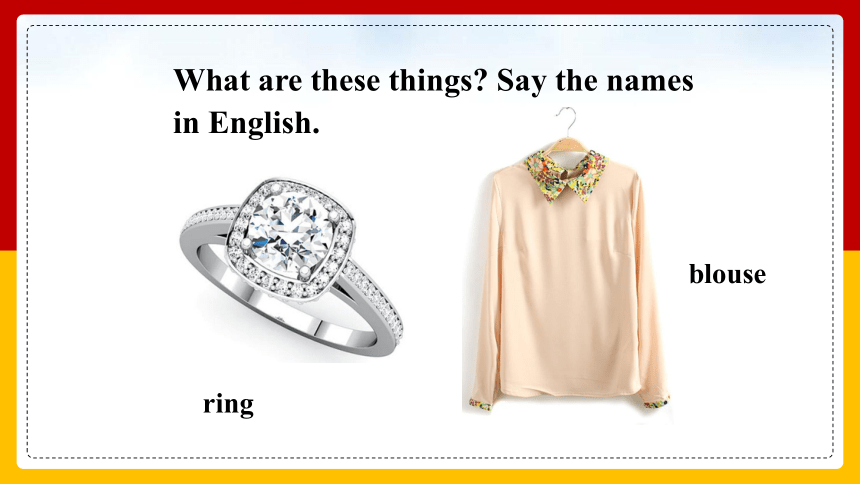# Examples of a Pet Peeve: Understanding Common Irritations
## Introduction to Pet PeevesEveryone has those little things that get under their skin, often referred to as pet peeves. Whether it's the sound of someone……
## Introduction to Pet Peeves
Everyone has those little things that get under their skin, often referred to as pet peeves. Whether it's the sound of someone chewing loudly or the way people leave the lights on when they leave a room, these minor irritations can significantly affect our daily lives. In this article, we will delve into examples of a pet peeve and explore why they bother us so much.
## Common Examples of Pet Peeves
### 1. Loud Chewing and Eating Noises
One of the most common pet peeves is the sound of someone chewing with their mouth open. This behavior can be particularly grating in quiet settings, such as during a meal at a restaurant or a movie theater. The noise can be distracting and even make some people lose their appetite.
### 2. People Who Interrupt
Another frequent annoyance is when someone interrupts you while you’re speaking. This can make conversations feel unbalanced and can lead to frustration. It often feels as though the person who interrupts is not genuinely interested in what you have to say, which can be incredibly disheartening.
### 3. Leaving the Lights On

Many people find it irritating when others leave the lights on in rooms that are not in use. This not only wastes electricity but can also lead to higher utility bills. It seems like a simple thing, yet it can be a constant source of annoyance, especially in shared living spaces.
### 4. Slow Walkers
In busy urban environments, slow walkers can be a significant pet peeve. When you’re in a hurry, navigating through a crowd of people who are leisurely strolling can be incredibly frustrating. This is especially true in crowded areas where quick movement is essential.
### 5. Texting During Conversations
In the digital age, many people have become accustomed to multitasking, but texting during a face-to-face conversation can be seen as disrespectful. It conveys a lack of interest in the dialogue and can lead to feelings of being undervalued.
## Why Do Pet Peeves Affect Us?

Understanding the psychology behind pet peeves can shed light on why they bother us so much. Often, these irritations stem from feelings of disrespect or a lack of consideration from others. When someone engages in behavior that we perceive as inconsiderate, it can trigger feelings of annoyance or frustration.
## Managing Your Pet Peeves
While it’s impossible to eliminate all pet peeves from our lives, we can learn to manage our reactions to them. Here are a few strategies:
1. **Practice Mindfulness**: Being aware of your feelings can help you understand why certain behaviors irritate you.
2. **Communicate**: If a pet peeve is particularly bothersome, consider discussing it with the person involved. They may not even realize their behavior is bothering you.
3. **Focus on the Positive**: Shift your attention to the positive aspects of the person or situation instead of fixating on the annoyance.

4. **Set Boundaries**: If certain behaviors are intolerable, it’s okay to set boundaries with others to protect your peace of mind.
## Conclusion
In conclusion, pet peeves are a universal experience that can range from minor annoyances to significant irritations. By exploring examples of a pet peeve, we can better understand the nature of our frustrations and learn how to cope with them. While we may not be able to eliminate all pet peeves from our lives, we can certainly work towards managing our reactions and finding peace amidst the chaos.